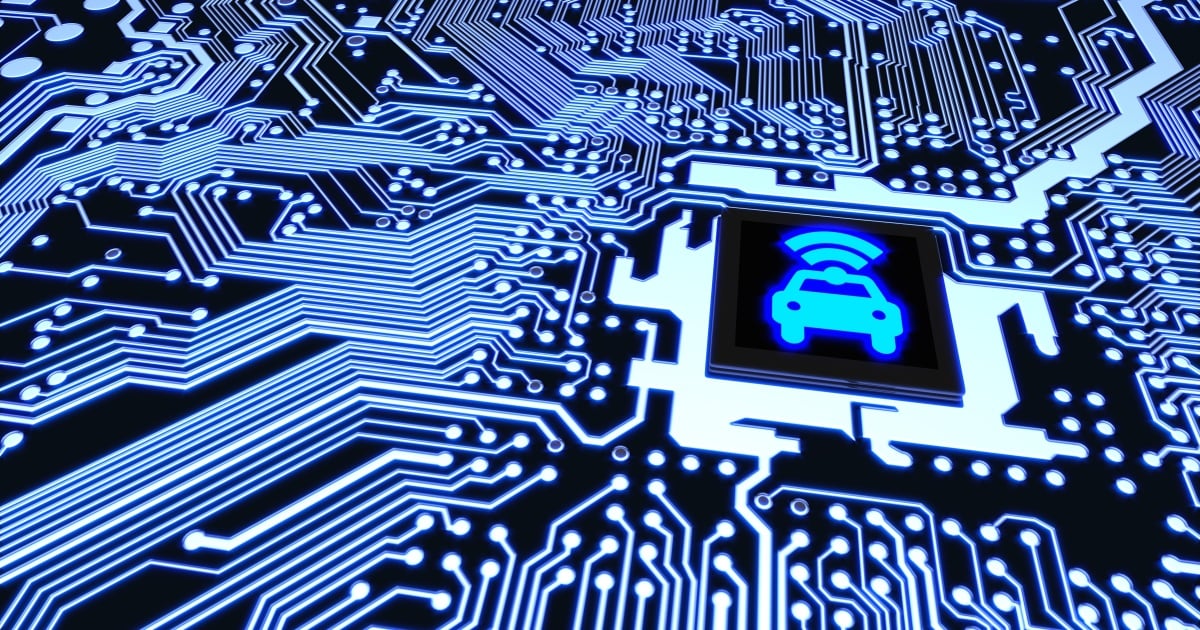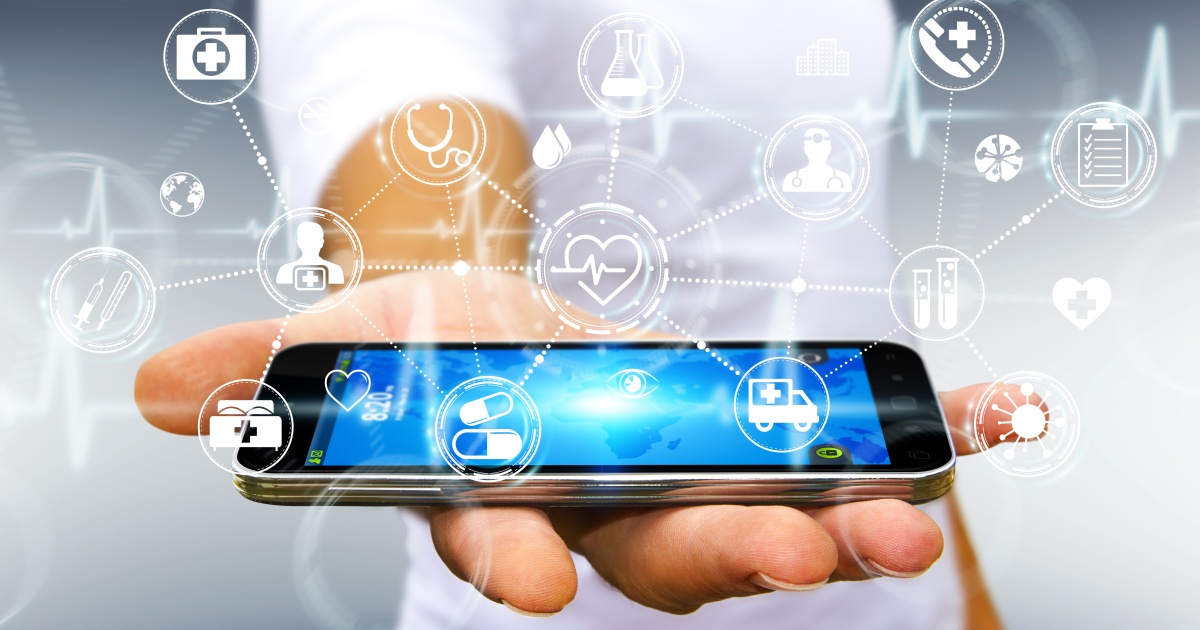
With more and more devices and technologies in healthcare becoming more connected, care delivery is positioned to change and improve dramatically across the health sector.
Healthcare IoT systems and connected medical devices are highly complex and face many challenging issues, which Real-Time Innovation (RTI), an Industrial Internet of Things (IIoT) company, is working to address.
The company recently announced what it is calling the first medical-grade connectivity framework, delivered via its Connext DDS product offering.
Recently, RTI hosted a webinar on “How to Connect and Secure Medical Robotics to Improve Patient Outcomes” to discuss the benefits of adopting a data-centric approach to connected healthcare and said internally developed connectivity frameworks no longer support today’s innovations and requirements, including compliance with FDA and other regulations.
The webinar suggested the new Data Distribution Service (DDS) will enable medical device manufacturers to address critical design challenges while developing secure medical devices for healthcare. RTI provides a connectivity framework that is used within medical devices, systems and subsystems like those in an Internet of Medical Things (IoMT) application.
The non-profit Object Management Group’s (OMG) Data-Distribution Service for Real-Time Systems (DDS) is the first open international middleware standard directly addressing publish-subscribe communications for real-time and embedded systems.
DDS leverages virtual Global Data Space where applications can share information by simply reading and writing data-objects addressed by means of an application-defined name (topic) and a key.
DDS features fine and extensive control of QoS parameters, including reliability, bandwidth, delivery deadlines, and resource limits, and supports the construction of local object models on top of the Global Data Space.
RTI Connext 6 claims to be the first solution on the market to satisfy complex, system-level requirements simultaneously, without the need to make any trade-offs or compromises in the process. This medical grade connectivity also aims to lower the cost and make the development process faster with the enriched user experience.
Some of the highlighted capabilities include:
- Increased Security: Considering the security as a prime factor in a healthcare environment, the Connext DDS connectivity framework is designed for medical device manufacturers with an aim to secure the data in-use down to the data-type level that meets the requirements of the FDA cybersecurity guidance.
- Decreased Time to Market: Medical manufacturers can adopt an off-the-shelf-solution instead of designing the software in house, which meets the development and security requirements.
- Connext Product Line Scalability: The advanced features are compatible across all the RTI Connext product suite for standard microcontrollers and safety-critical applications.
David Niewolny, Director of Market Development, Healthcare at RTI said, “Of all the industries adopting the IoT, the Healthcare market will have one of the most profound impacts on the quality of human life.” He added, “We have the opportunity to improve patient care, make treatments more accessible and cost-effective and help generations live longer than ever before.”
RTI has had a close collaboration with the Medical Device Plug-and-Play (MD PnP) interoperability program since 2012. Its open source Integrated Clinical Environment (OpenICE) framework is built on RTI Connext DDS, which is used in many medical devices like Ventilators, Infusion pumps, Hospital beds, X-Ray devices, MRI and others.
This framework has additional capabilities that include Large Data Distribution for streaming of high-bandwidth data, Data Extensibility to enable interoperability across many products, Data-Centric Gateways that offers intelligent data routing and Enhanced Performance that reduces CPU overhead and end-to-end latency.
Companies like Doc Box, which focused on creating an IoMT platform, is based on RTI Connext DDS which enables to democratize data from a variety of medical devices.
Systems of interoperable medical devices communicating seamlessly and securely have the opportunity to improve patient outcomes, reduce medical errors and lower the cost to the healthcare system.
To realize its full potential, the healthcare industry will need to analyze unprecedented amounts of data in real time. The medical-grade connectivity framework has the potential to fulfill this requirement and enabling the medical technology of tomorrow.
Edited by
Ken Briodagh





